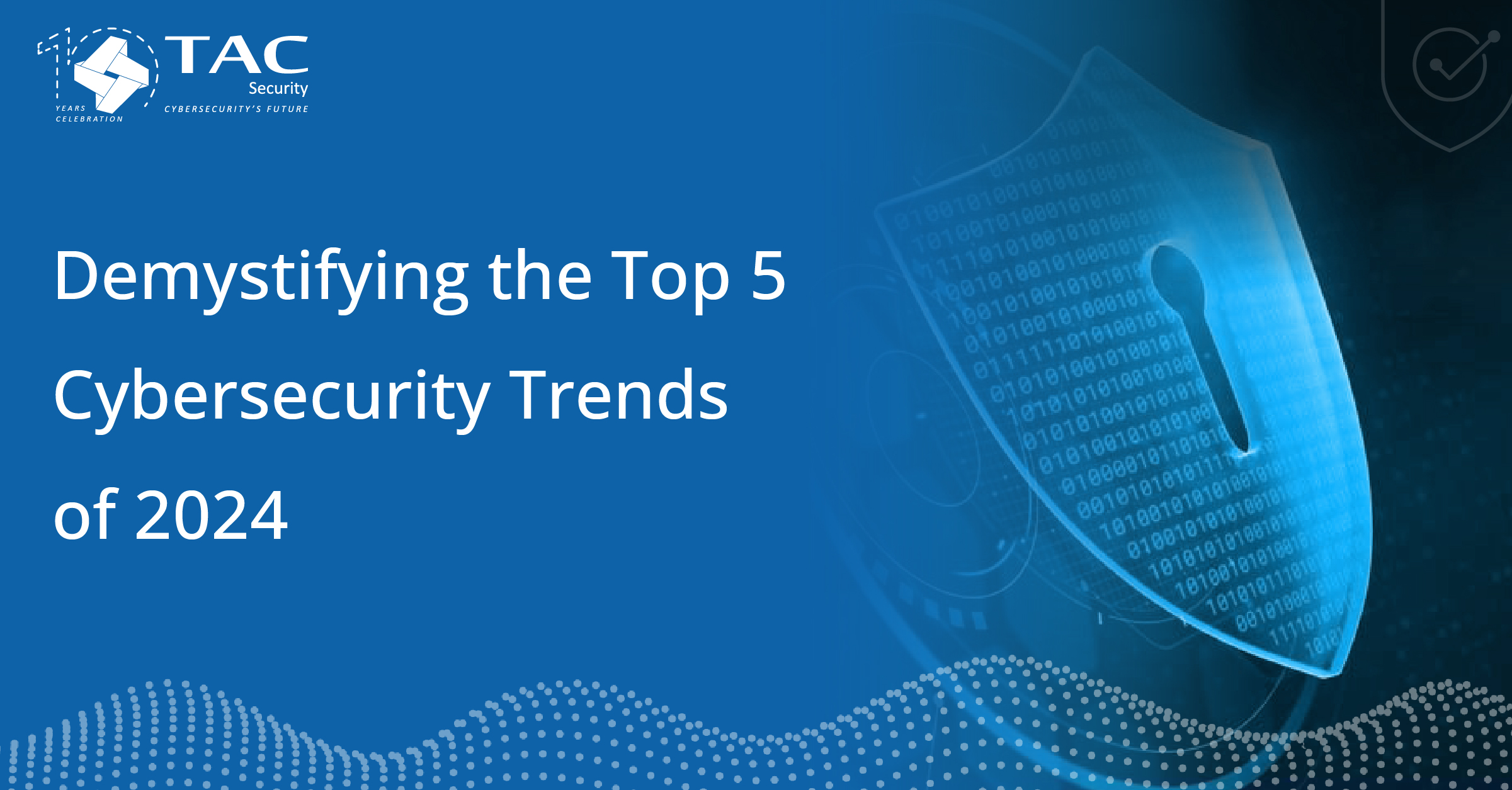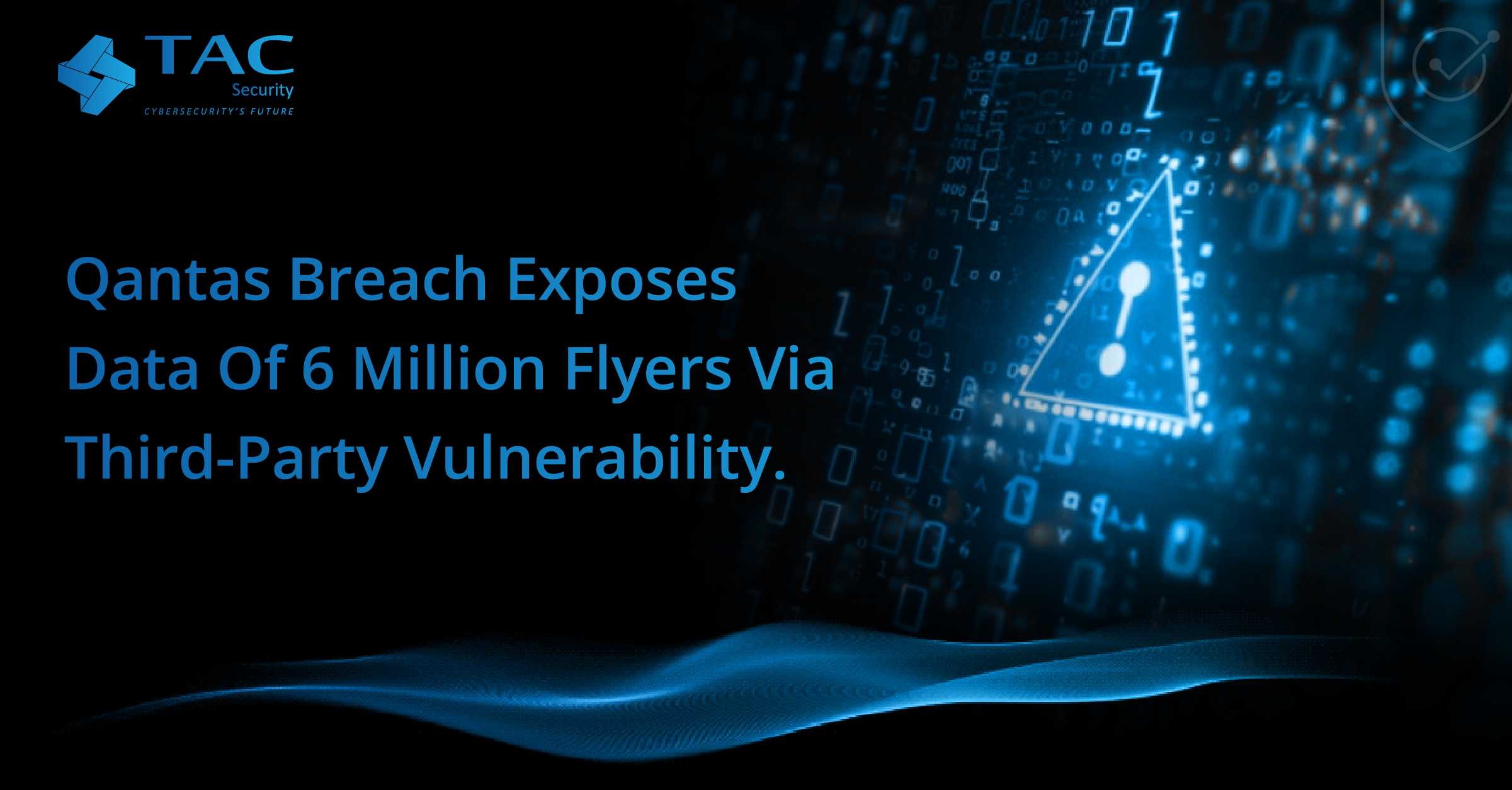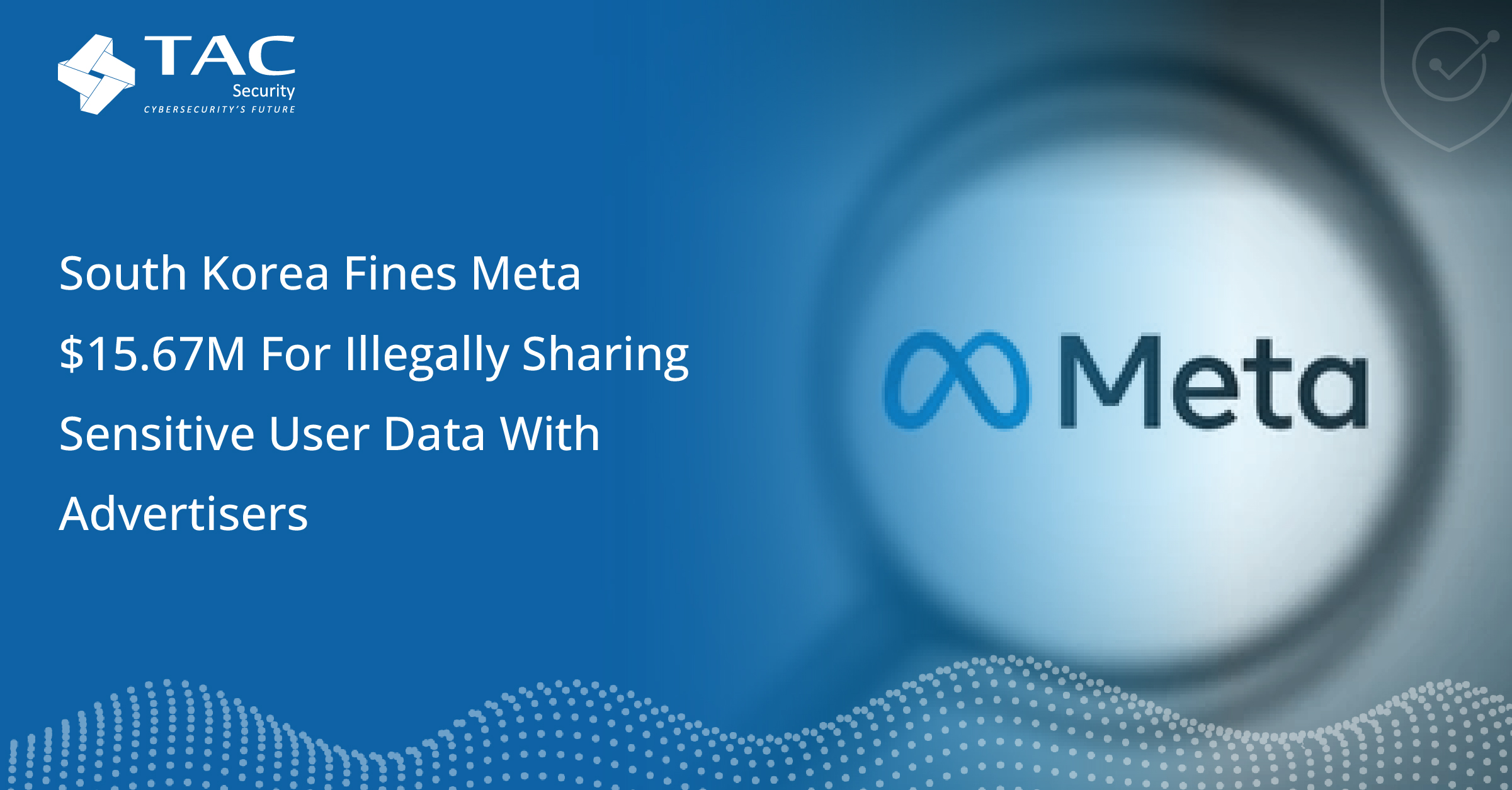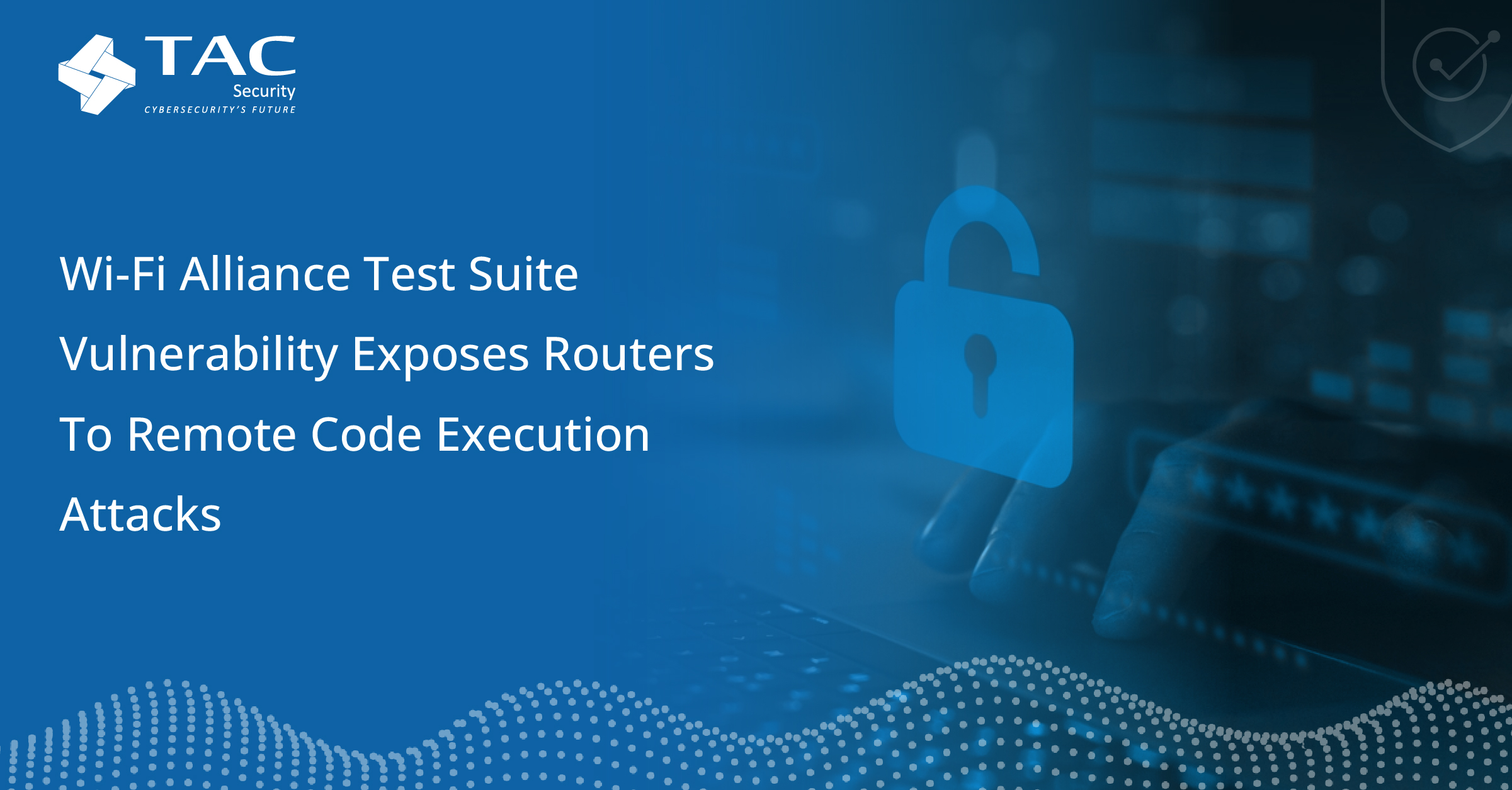
In the ever-evolving digital landscape, staying ahead of cybersecurity threats is imperative for organizations striving to protect their valuable assets and sensitive information. As we delve into 2024, it is crucial to examine the emerging trends that will shape the cybersecurity landscape and understand how we can fortify our defenses. In this blog, we will explore the top five cybersecurity trends for 2024 and discuss how ESOF (Enterprise Security in One Framework) by TAC Security can play a pivotal role in preventing and mitigating these threats.
1. Generative AI (GenAI): Short-Term Skepticism, Longer-Term Hope:
Generative AI, with large language models like ChatGPT and Gemini at its forefront, holds the promise of transforming industries. However, with great power comes great responsibility. Security leaders must exercise caution and collaborate with business stakeholders to ensure the ethical and secure use of GenAI. TAC Security’s ESOF provides advanced threat intelligence and continuous monitoring, offering a proactive defense against potential risks associated with evolving AI technologies.
2. Cybersecurity Outcome-Driven Metrics (ODMs): Bridging the Boardroom Communication Gap:
As cybersecurity incidents increase in frequency and severity, effective communication with non-IT executives becomes paramount. Outcome-driven metrics (ODMs) establish a direct link between cybersecurity investments and protection levels. ESOF by TAC Security facilitates the adoption of ODMs, empowering organizations to create a defensible investment strategy. With clear and explainable metrics, ESOF enhances communication, ensuring a unified understanding of cybersecurity efforts throughout the organization.
3. Cloud-Native Worms Targeting Cloud Environments:
With the widespread adoption of cloud services, cyber threats have adapted accordingly. Cloud-native worms pose a substantial risk to organizations, targeting vulnerabilities within cloud environments. TAC Security’s ESOF emphasizes robust access controls, continuous monitoring, and cloud security hygiene, offering a comprehensive solution to prevent and mitigate attacks on cloud infrastructure.
4. Data Poisoning of Machine Learning (ML) and AI Systems:
Machine learning and AI systems are not immune to sophisticated attacks, such as data poisoning. TAC Security’s ESOF incorporates robust data validation, model testing, and adversarial training techniques to safeguard ML and AI systems. By leveraging ESOF, organizations can enhance their resilience against evolving threats to their intelligent systems.
5. Supply Chain Attacks on CI/CD Systems:
Supply chain attacks remain a persistent threat, with cybercriminals exploiting vulnerabilities in software supply chains. ESOF by TAC Security advocates for strengthening security practices across the entire software development lifecycle (SDLC). By vetting third-party components, monitoring dependencies, and implementing secure CI/CD pipelines, organizations can reduce the risk of supply chain attacks.
In the face of these cybersecurity trends, staying informed and proactive is paramount. TAC Security’s ESOF offers a holistic approach to enterprise security, providing the tools and intelligence needed to adapt and fortify defenses against emerging threats. As we navigate the dynamic digital landscape of 2024 and beyond, organizations can trust ESOF to be a cornerstone in their cybersecurity strategy, safeguarding against evolving risks and ensuring a resilient security posture.





